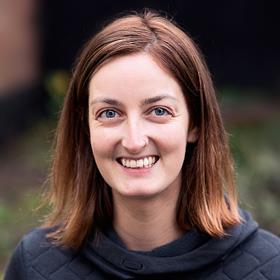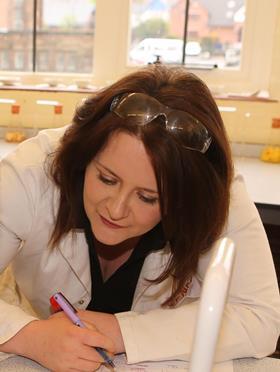Trainee, newly qualified and early career teachers ask the questions you daren’t, and our experts provide the answers. If you’ve got a question, email us

How can I work out what the person at the back of the room thinks, or has written, without disrupting the flow of the lesson or physically going over there?
Anon, NQT

Emily Seeber, chemistry teacher studying for a master’s in teacher education, answers: Finding out what any student thinks is the biggest challenge of teaching! But it can feel harder to elicit from students at the back, particularly when movement around the lab is more restricted than usualIf you have mini whiteboards, these can make non-verbal feedback from students very quick, maintaining the pace and flow of the lesson. For example, if students are doing a long answer question, halfway through ask them to write out a key term from their answer on their mini whiteboard, and hold them up for the class. You can instantly see if someone is using a term which doesn’t belong, and you might even allow them to see each other’s words to help them complete the second half too. Alternatively, if students are working through questions – such as balancing equations or mole calculations – ask them to write down the question number (or hold up their fingers) for the one they are struggling with most. Pick the most frequent number, or the one chosen by the student at the back you are worried about, and go through it on the board, with students contributing, before they carry on.

Harry Lord, head of year, answers: My mentor said something that will always stay with me: ‘Don’t ask them if they get it, ask them a question and then you’ll know.’ Effective questioning is a powerful tool for teachers. I would always advise asking the students who you feel may have found it the most difficult or challenging. If they have understood it, there is a good chance others have.
One key type of questioning to use is often called ‘cold calling’. Here you expect all students to be ready to answer all questions. It works best when the climate of the classroom has been nurtured to promote accountability, participation and engagement.

Kristy Turner, school teacher fellow, answers: Don’t get too stressed about it, no matter how much we kid ourselves, in normal times we rarely know what all the kids are thinking. We might hope it’s them pondering how the electron configuration is related to reactivity, but it’s more likely they’re thinking about what’s for lunch. Even the writing on a page isn’t necessarily indicative of their thought processes. As Harry says, questioning is useful, whether it’s verbally (for example cold calling), some kind of technology-based solution, or mini whiteboards. Yes, it can interrupt the flow of the lesson, so I understand why you might want to seek other methods.
Get to know your class, through their written work and their ability to discuss. Similarly get to know your subject, the potential pitfalls and misconceptions. You can then anticipate what they might be thinking.
What’s the most important idea or concept you teach?
Matt, PGCE student
#edutwitter answers: Particle model, conservation of mass, periodic table, and atoms, elements, compounds and mixtures.
‘Particle model, hands down. Nothing else compares to the importance of the understanding of that model for the rest of our chemical education,’ says @chemstuff
‘Yes; as Feynman said ‘all things are made of atoms—little particles that move around in perpetual motion, attracting each other when they are a little distance apart, but repelling upon being squeezed into one another,’ says @agittner
‘But I’d like to throw out electrostatics as a foundation if the students will be studying post-16 chem,’ says @GilliattTim
‘Knowledge of atoms, elements, compounds and mixtures leads to atomic structure, binding and chemical reactions,’ says @sarah16981









No comments yet